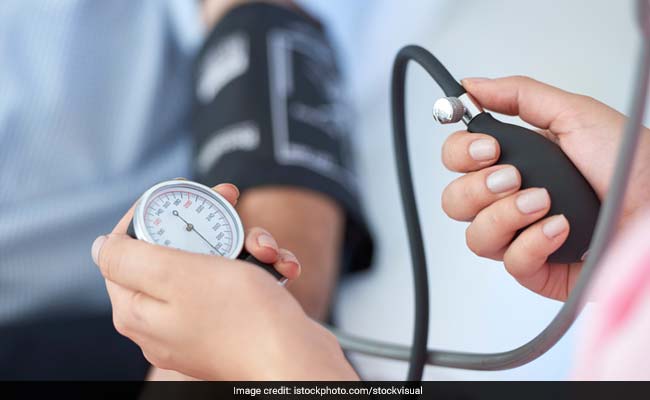
Winters are here in full swing and we could not be more excited! The nippy weather has also brought with it a treasure of seasonal fruits and vegetables that have slowly found their place in our kitchens. A winter staple we can never get enough of is radish, or mooli as we call it in Hindi. There are various kinds of radishes - daikon, the white variety most commonly found in India, is mostly found in winters. Be it in parathas, achaar, salads or sabzis, the versatility of radish has captured the imagination of Indian foodies since time immemorial. Radish also happens to be one of the healthiest and nutrient-dense veggie ever known. They are high on vitamin C, folic acid and flavonoids, and are known to detoxify liver and safe guard gall bladder. A key benefit of including radish in your diet is its impact on your blood pressure levels. Radish, along with veggies like beetroot and carrots is known to do wonders for your heart health and blood pressure levels. Read on to know how.
 A key benefit of including radish in your diet is its impact on your blood pressure levels.
A key benefit of including radish in your diet is its impact on your blood pressure levels.Hypertension: How Do Radish Help Manage High Blood Pressure
According to the book, 'Healing Foods' by DK Publishing House, both the root and leaves are packed with vitamin C, potassium and B vitamin - all of which are essential to fight hypertension. The book further notes, "Radishes are high in potassium, which helps keep blood pressure low." As you may know, high blood pressure patients are often told to refrain eating excessively salty food. Too much of sodium upsets the water balance in the body, putting extra pressure on your blood vessels. Potassium negates the ill-effects of sodium and helps stabilise blood pressure. Potassium is an electrolyte that helps eliminate sodium through urine. According to a study, published in Nutrition Research And Practice, the ethyl acetate extracts from radish leaves was found to have positive effects on hypertensive rats.
(Also Read: High Blood Pressure Diet: Here's How to Tackle Hypertension with the Help of Ayurveda)
 Hypertension Diet: Radishes are high in potassium, which helps keep blood pressure low
Hypertension Diet: Radishes are high in potassium, which helps keep blood pressure lowHow to Include More Radish In Your Diet
You can juice it. In the juice, you can also include other heart-friendly veggies like celery and carrots. You can shred it or slice it thinly and have it as part of a delicious salad with other veggies of your choice. Better still; you can also make yourself a soothing mooli broth and spruce it up with healthy herbs like parsley or black pepper.
Disclaimer: This content including advice provides generic information only. It is in no way a substitute for qualified medical opinion. Always consult a specialist or your own doctor for more information. NDTV does not claim responsibility for this information.
Track Latest News Live on NDTV.com and get news updates from India and around the world

